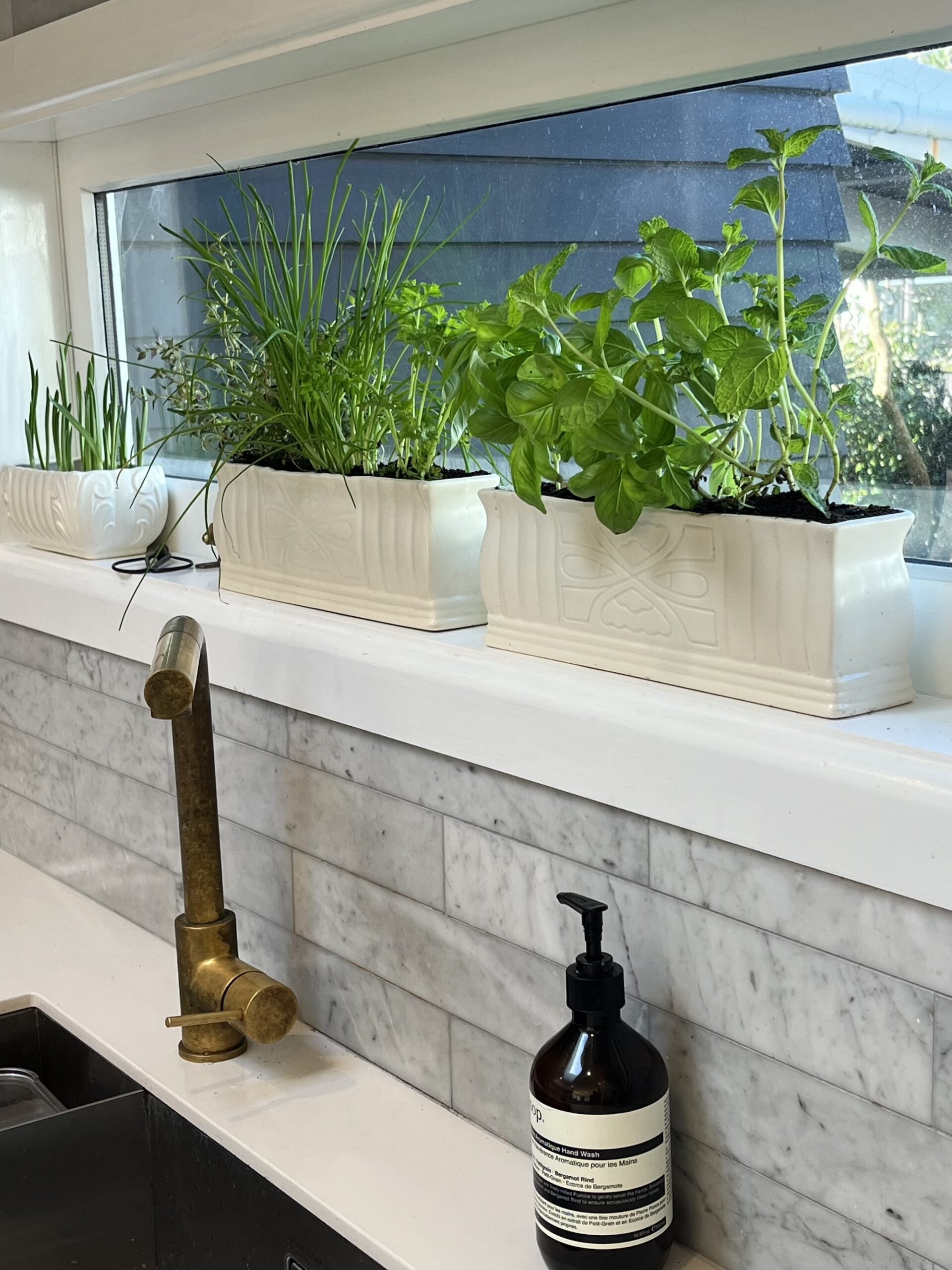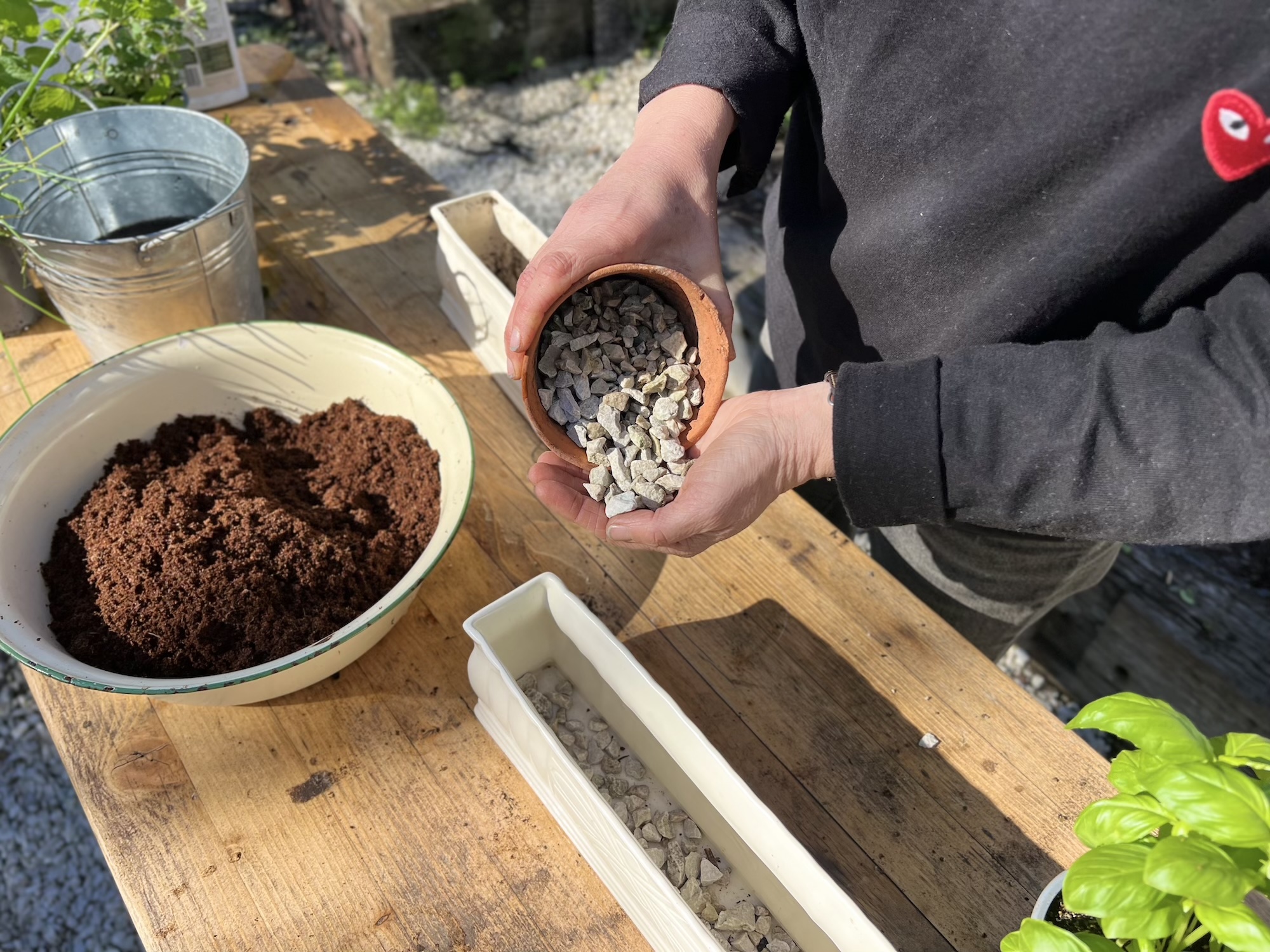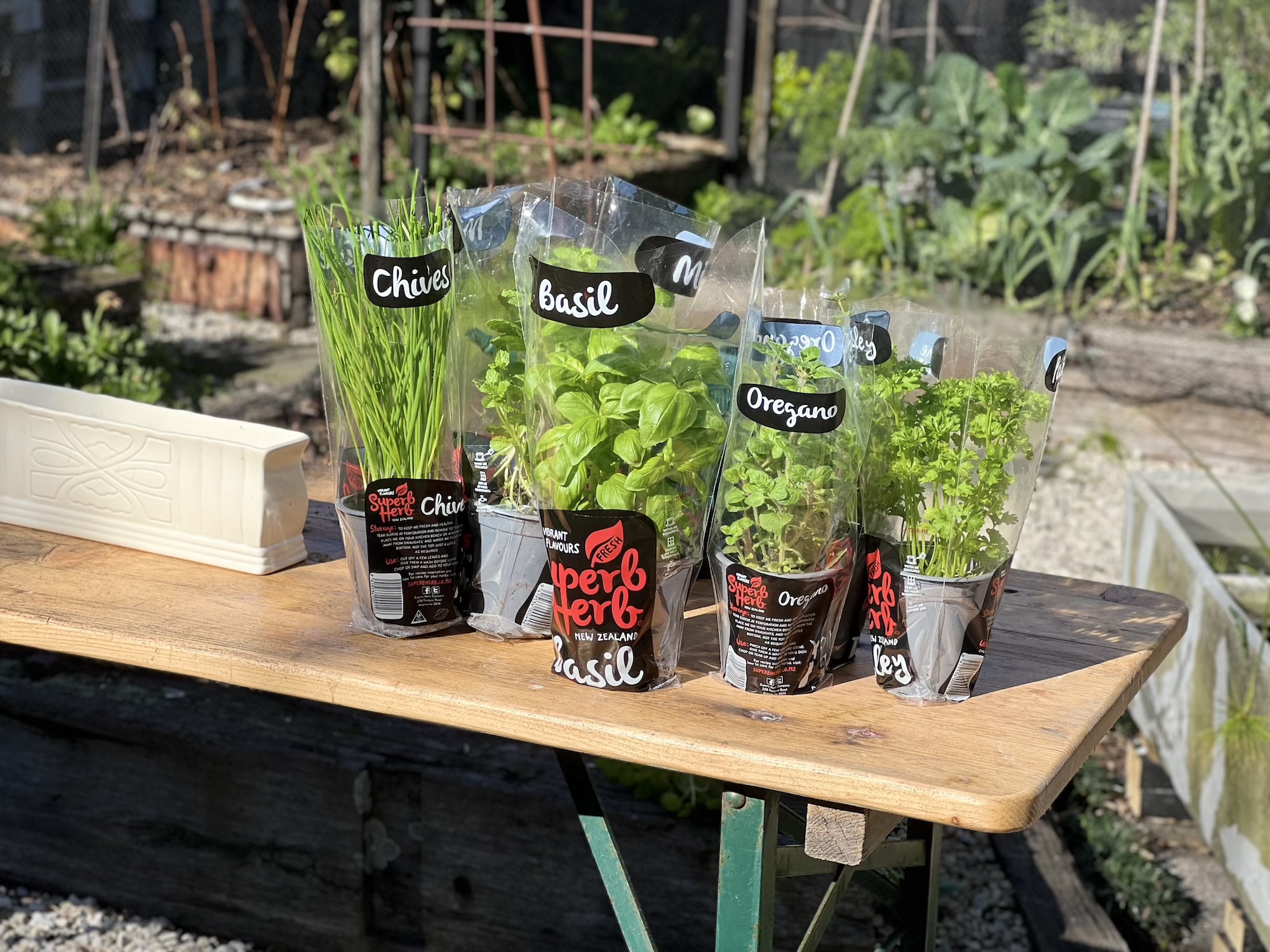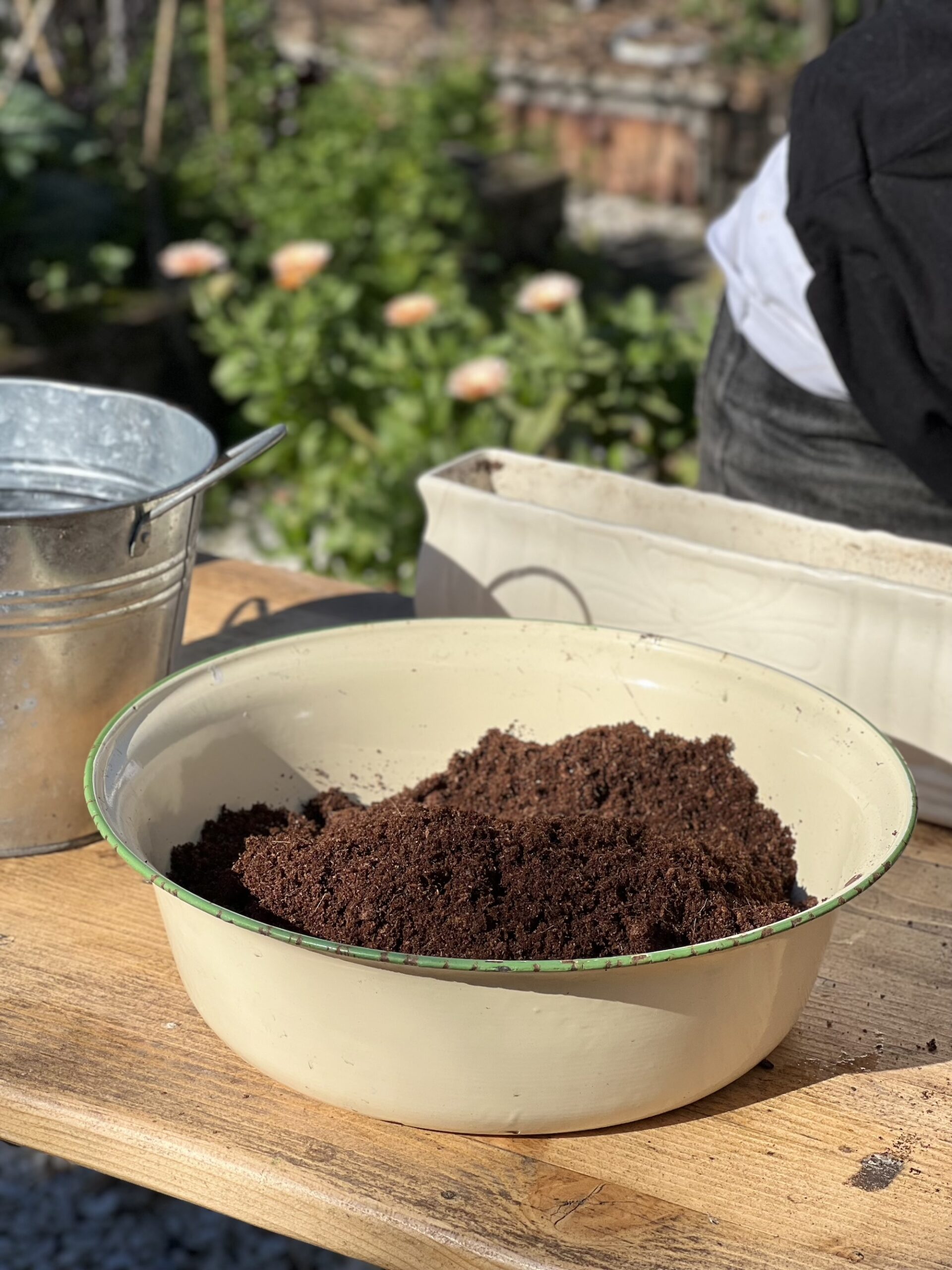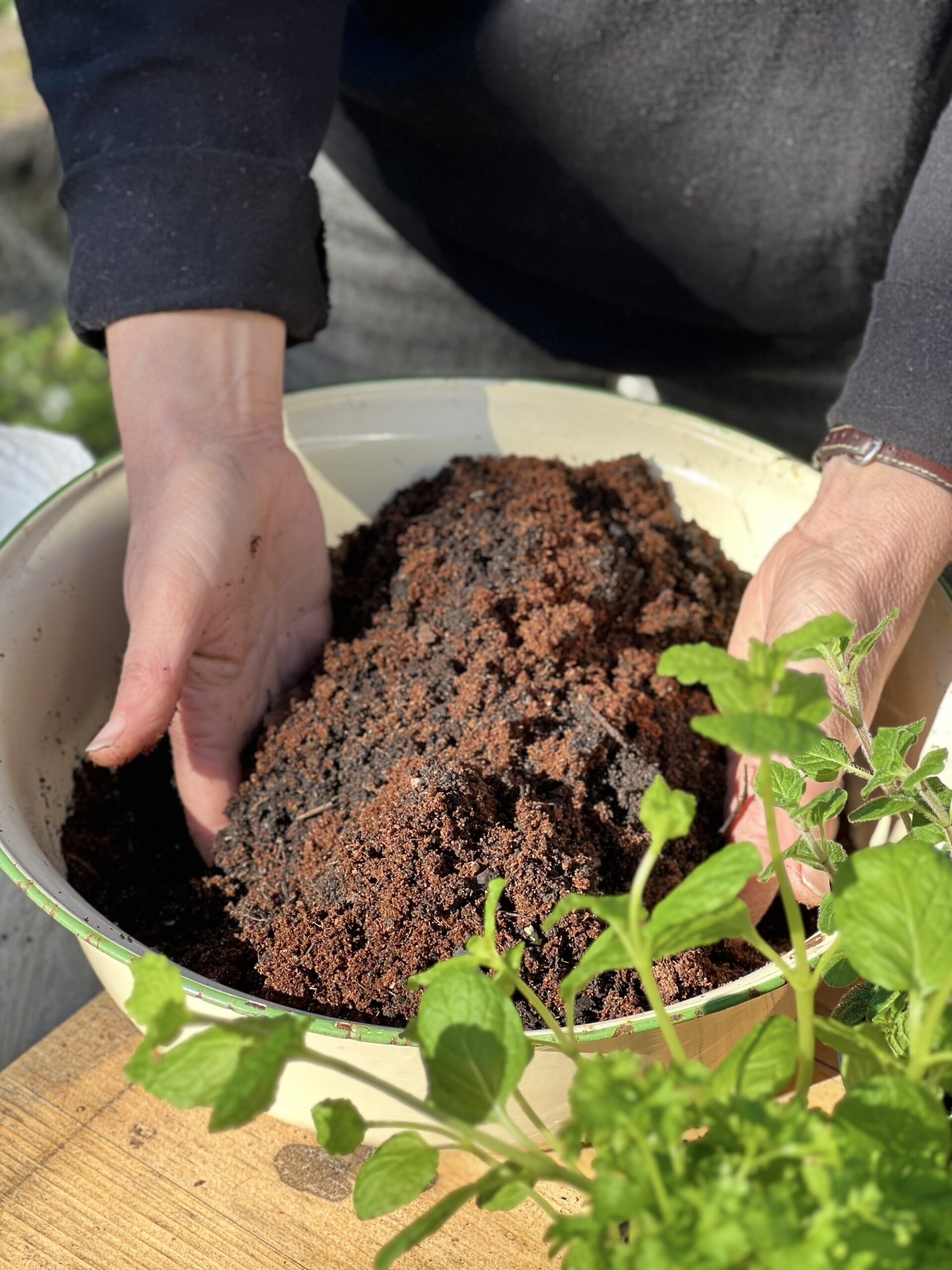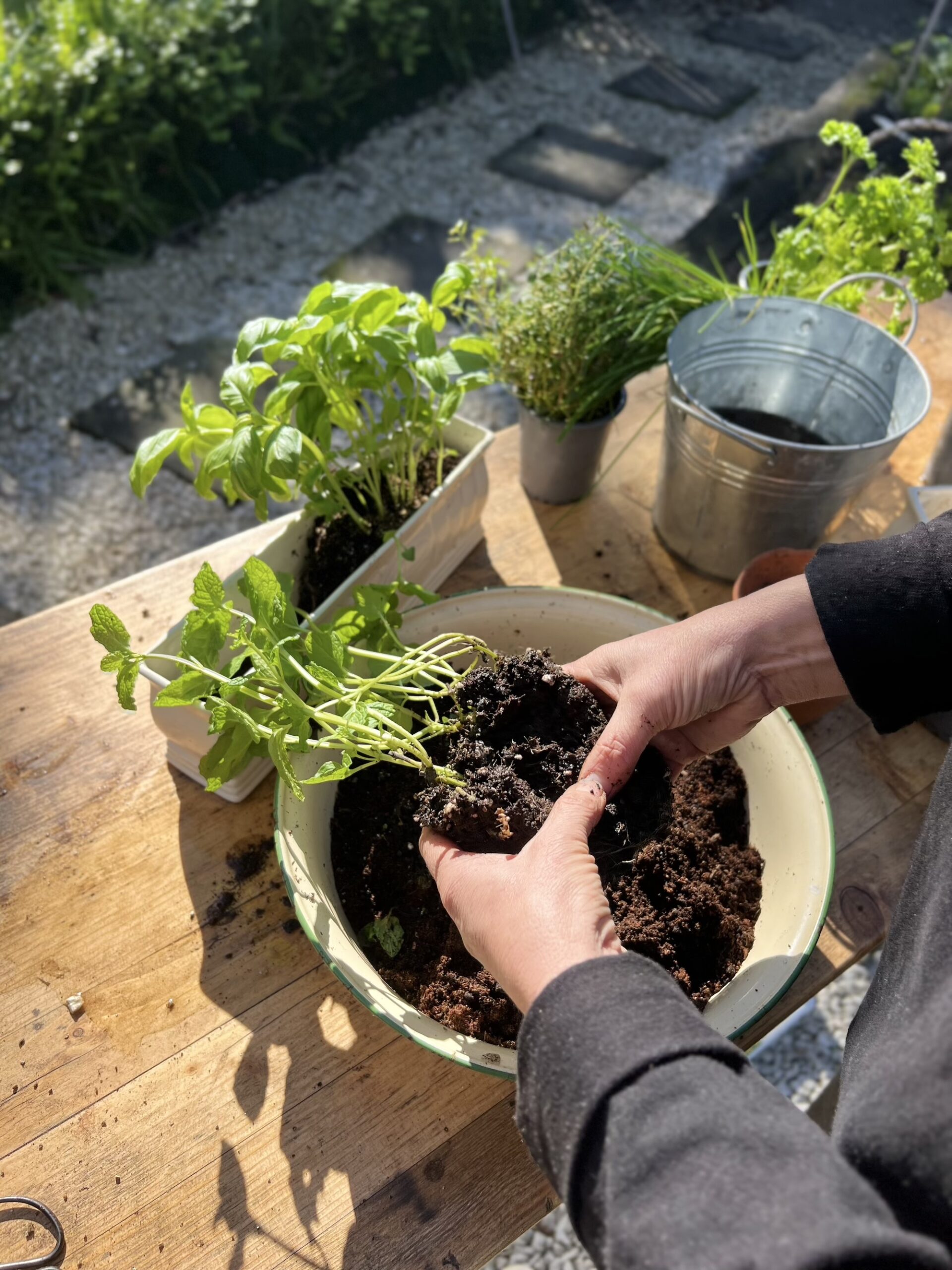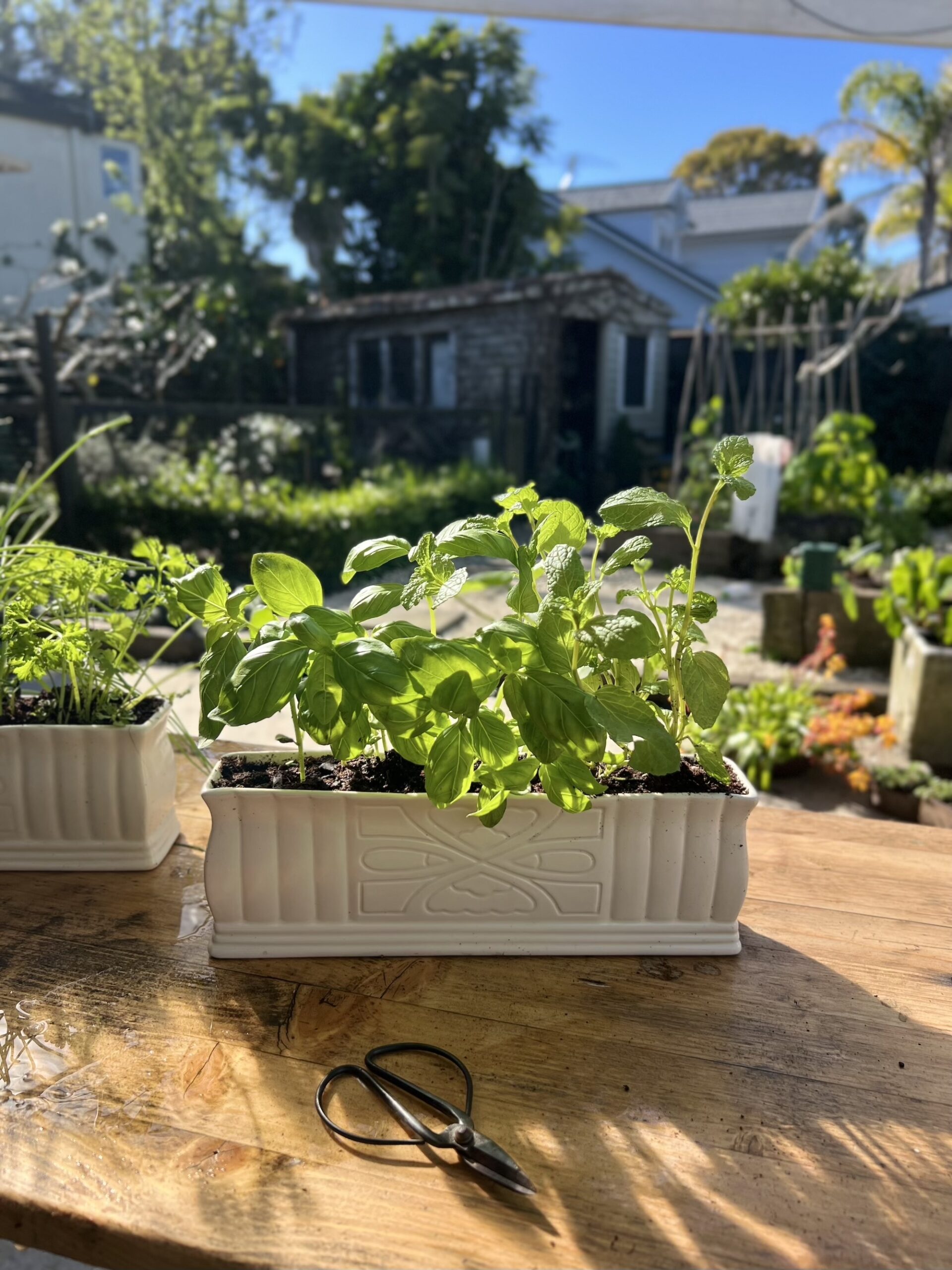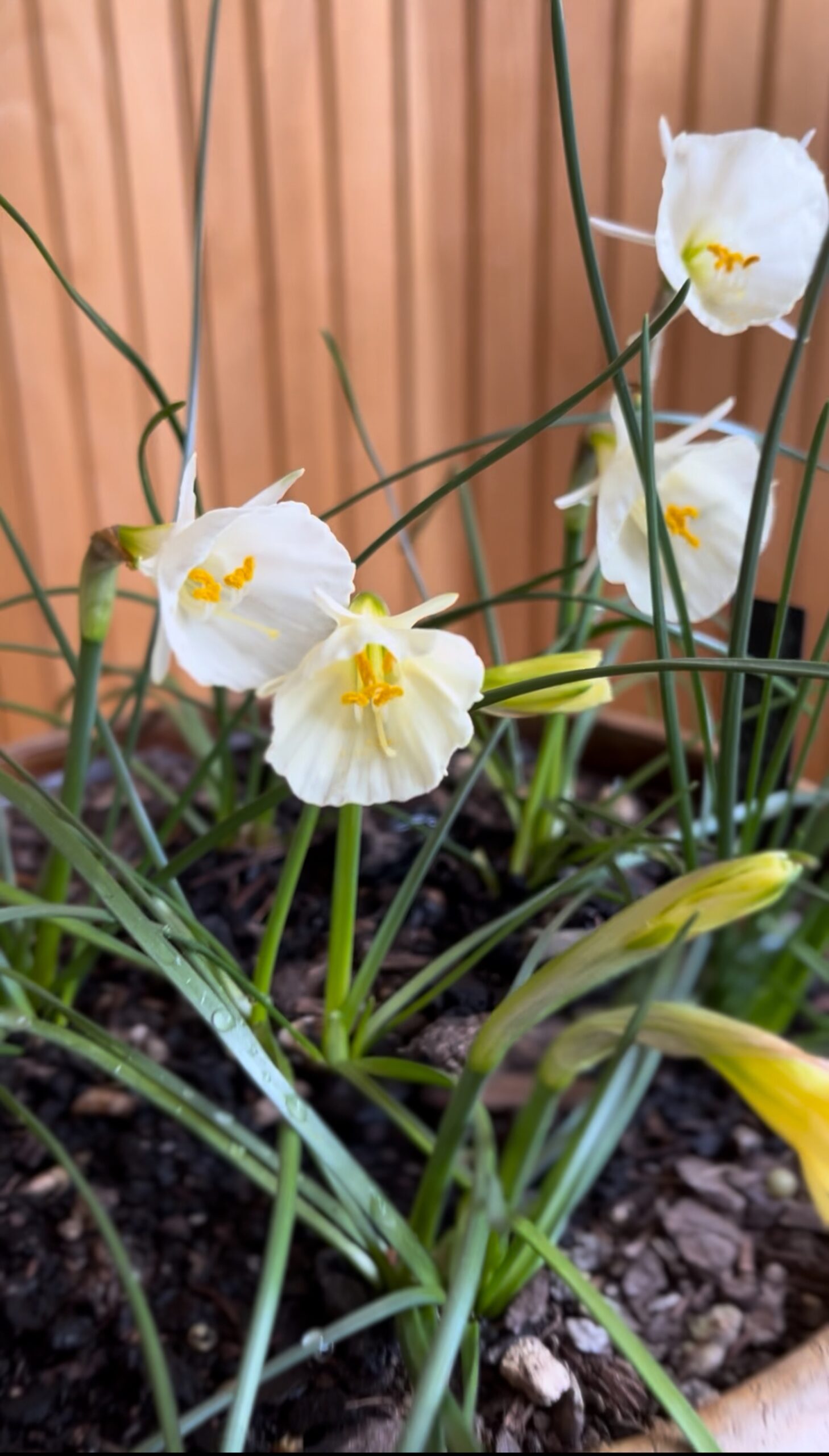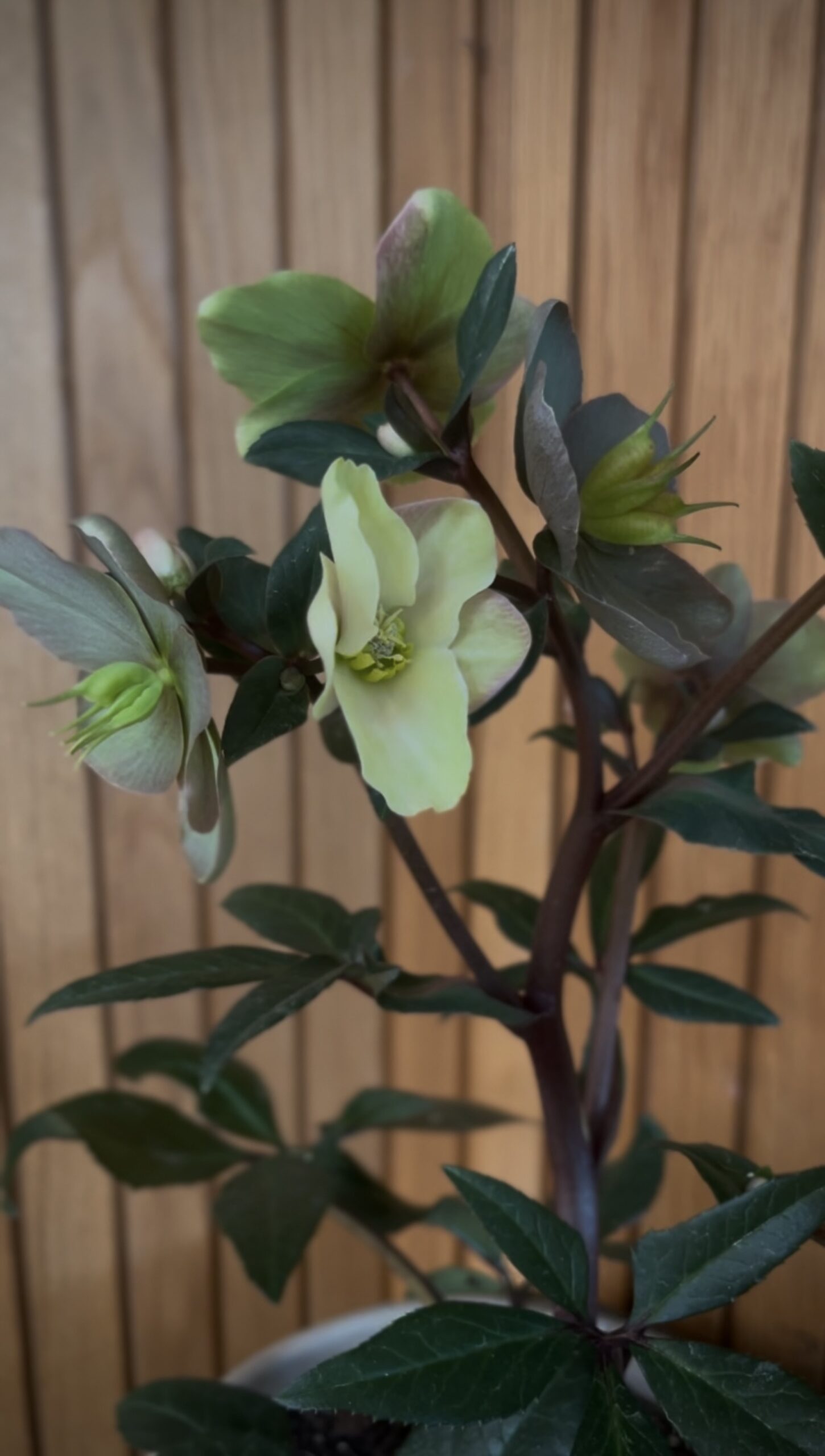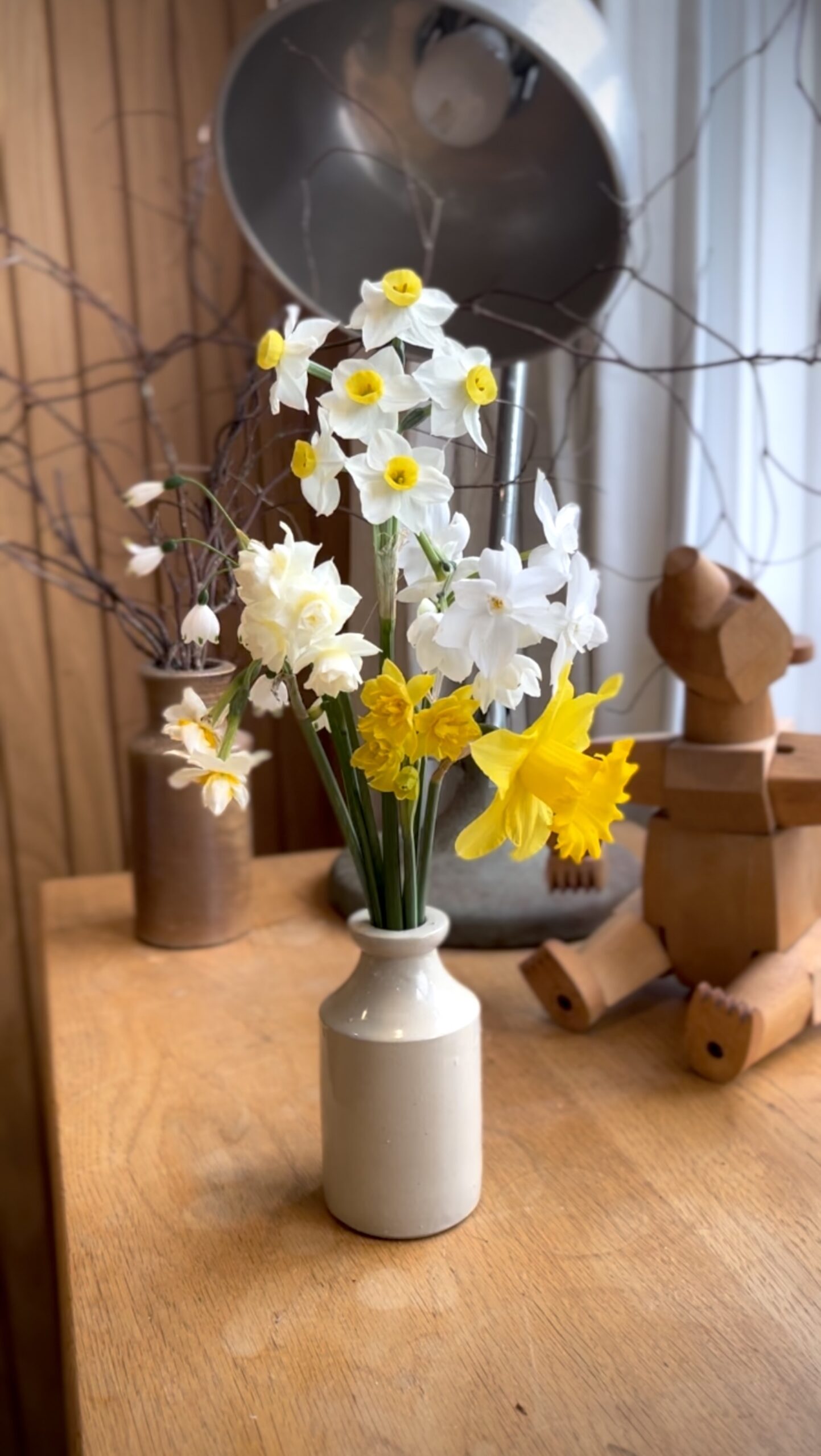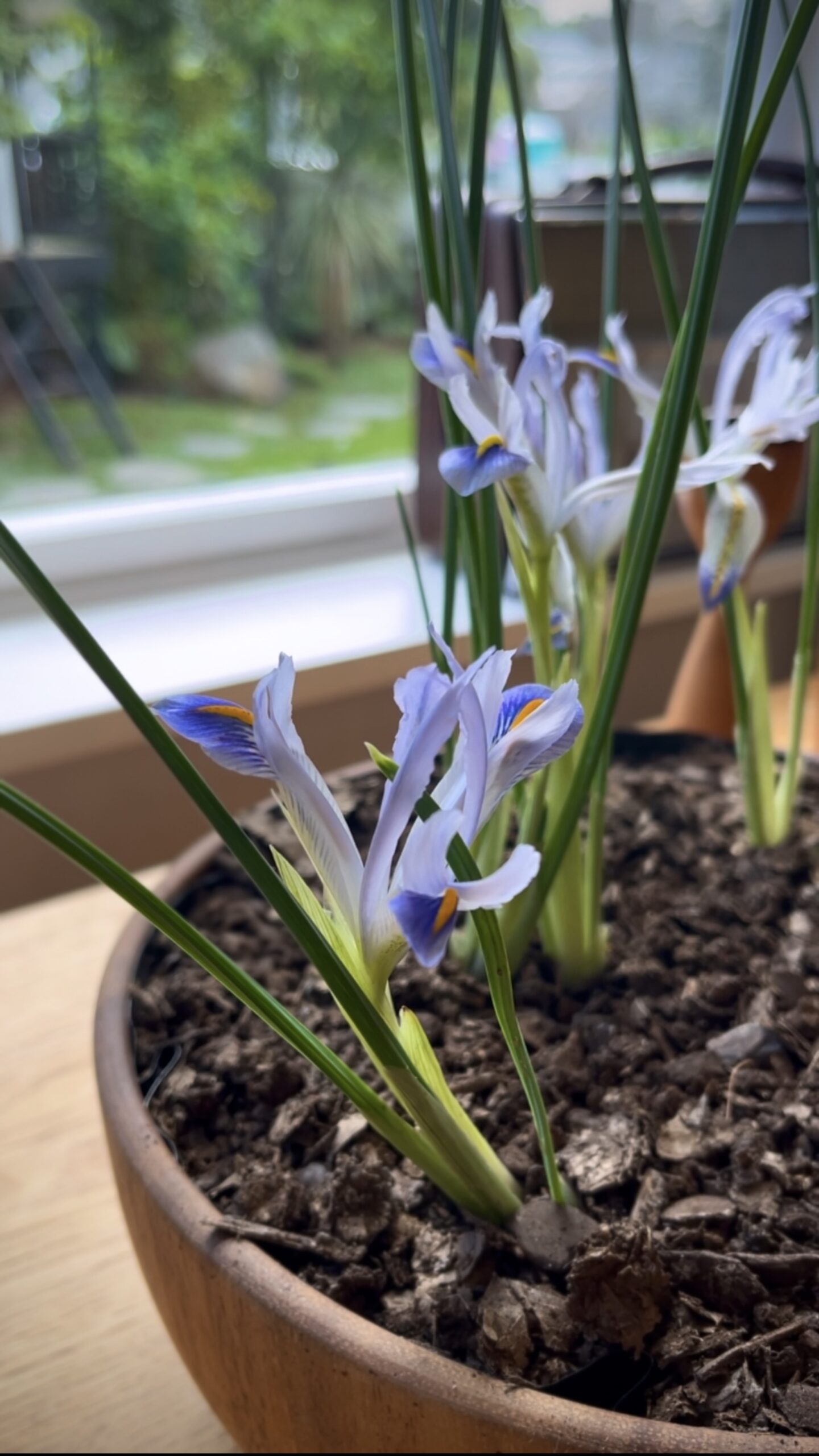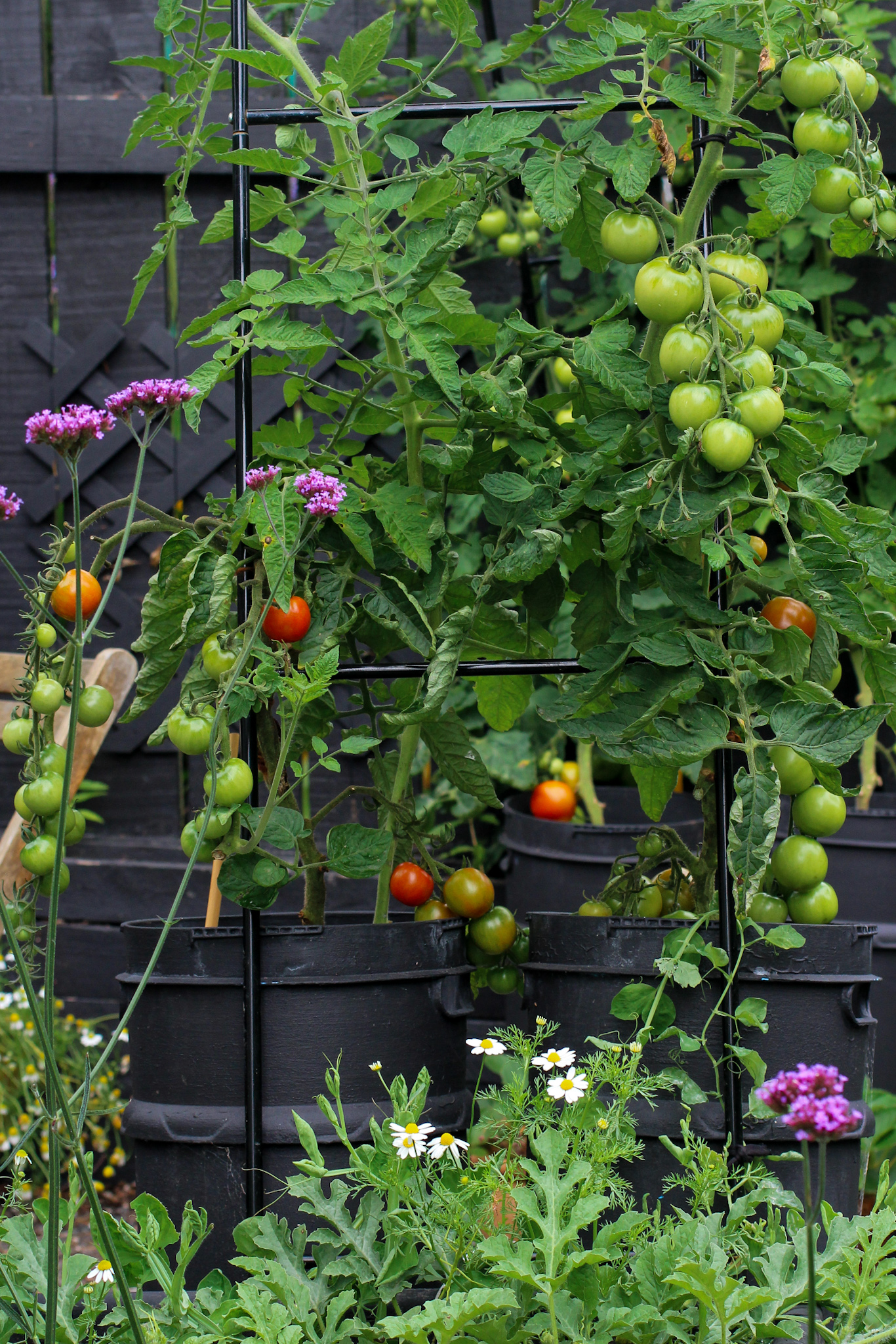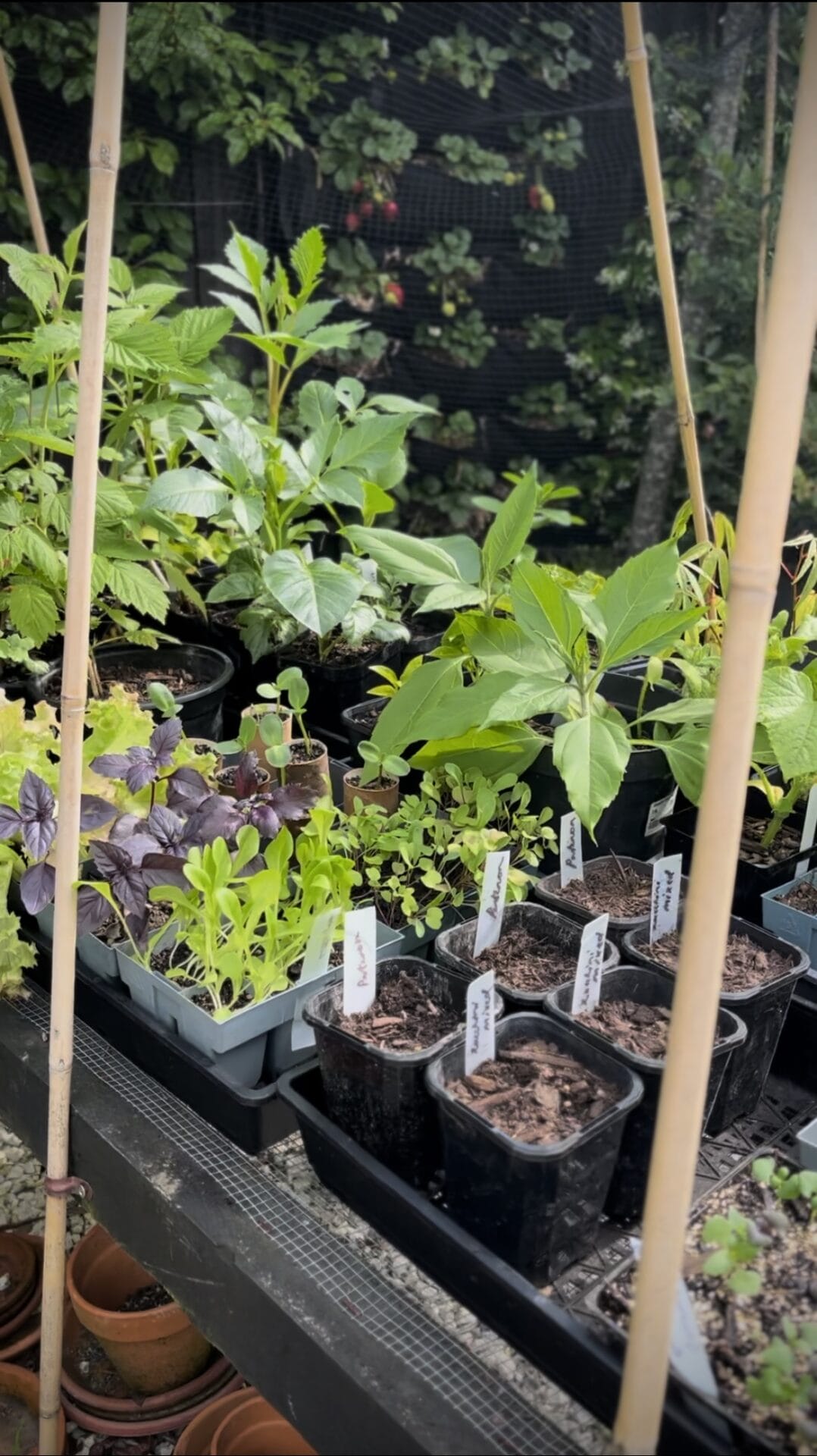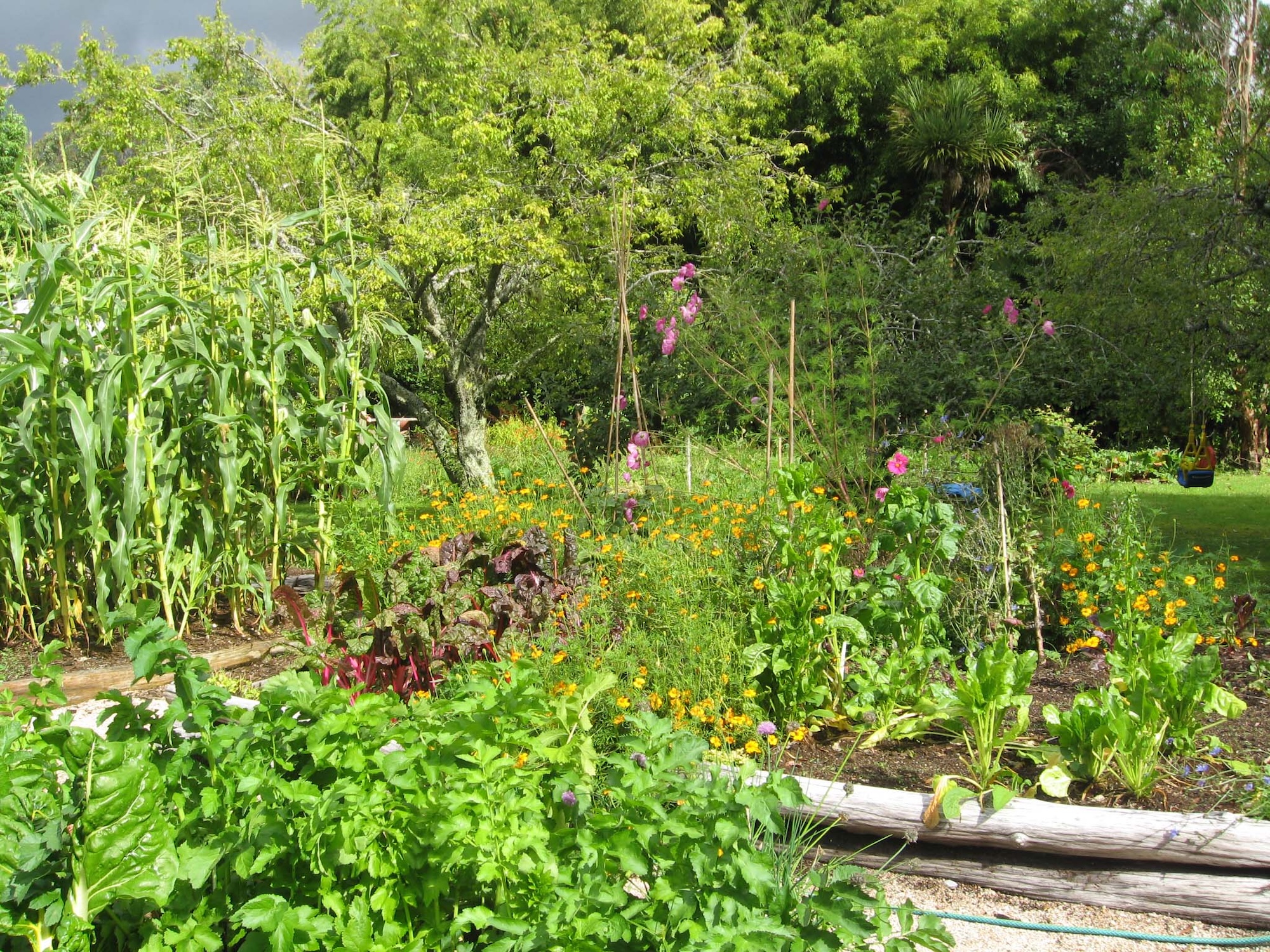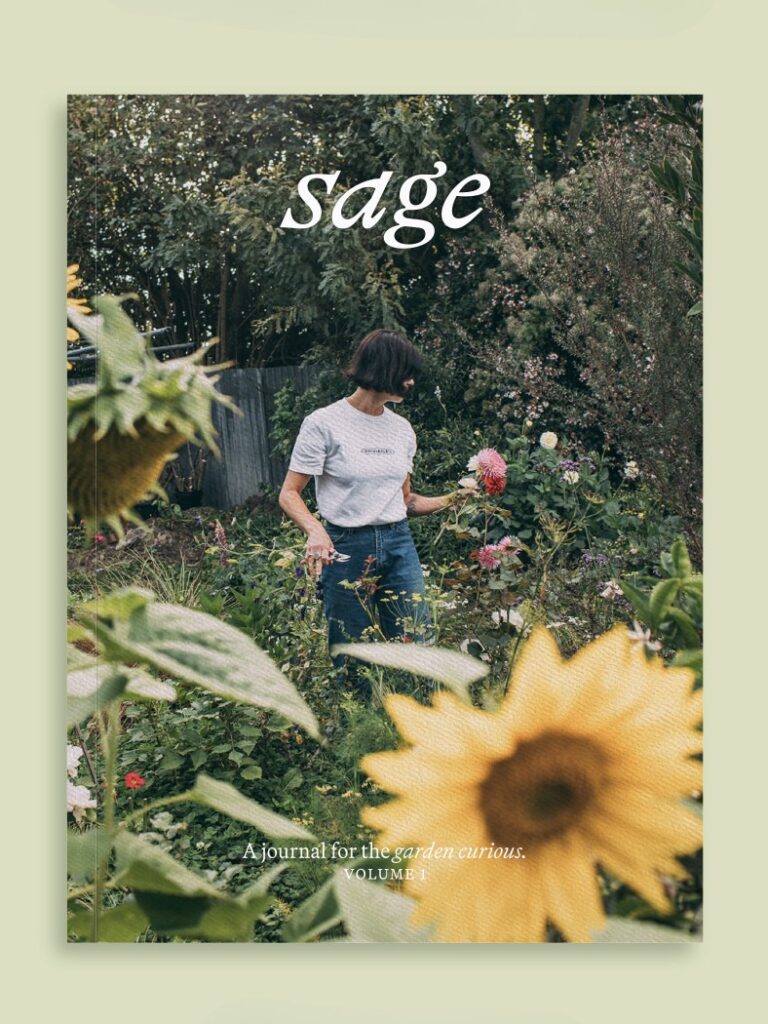Your cart is currently empty!
Wintering well | Growing flowers, herbs & bulbs indoors during winter
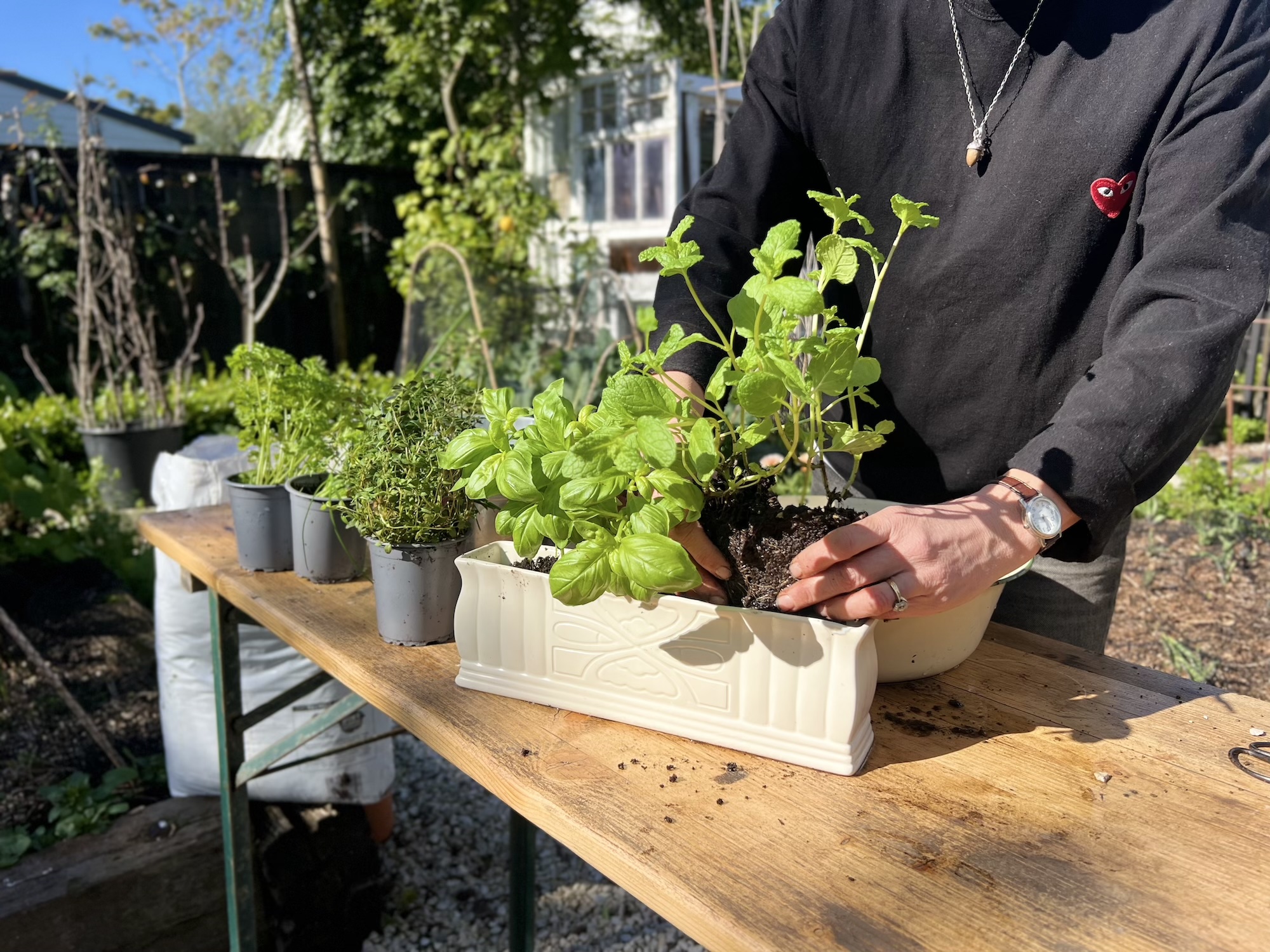
Wintering well | Growing flowers, herbs & bulbs indoors during winter
A winter guide for growing indoor delights. Written by creative and community gardener, Phoebe Atkinson.
The 2025 Winter Gardening Series is supported by Gubba Garden Store.
Naturalists use ‘wintering’ to describe the way animals survive the cold months. Some hibernate, others migrate.
As tempting as these strategies might be for us, I think we better weather winter well if we truly engage with it. And that means getting outside, feeling the cold and absorbing as much of the weak sunlight as we can before returning to the fire to get cosy again. And we gardeners, more than most, are well poised to ‘winter’ well.
There is no doubt that the garden is a slower, gentler presence in the gardener’s world in winter. But while the uninitiated might assume it slows to a stop, those of us who’ve planted bulbs in spring, or inherited a slipper orchid, or nurtured a daphne bush know there is still life and glory to behold in the midst of the coldest days.
In contrast to the other seasons, with their bursting buds, flashy blooms and blazing colours, perhaps one of winter’s more precious gifts is to invite us to look a little closer, to pay a little more attention, to notice the finer details.
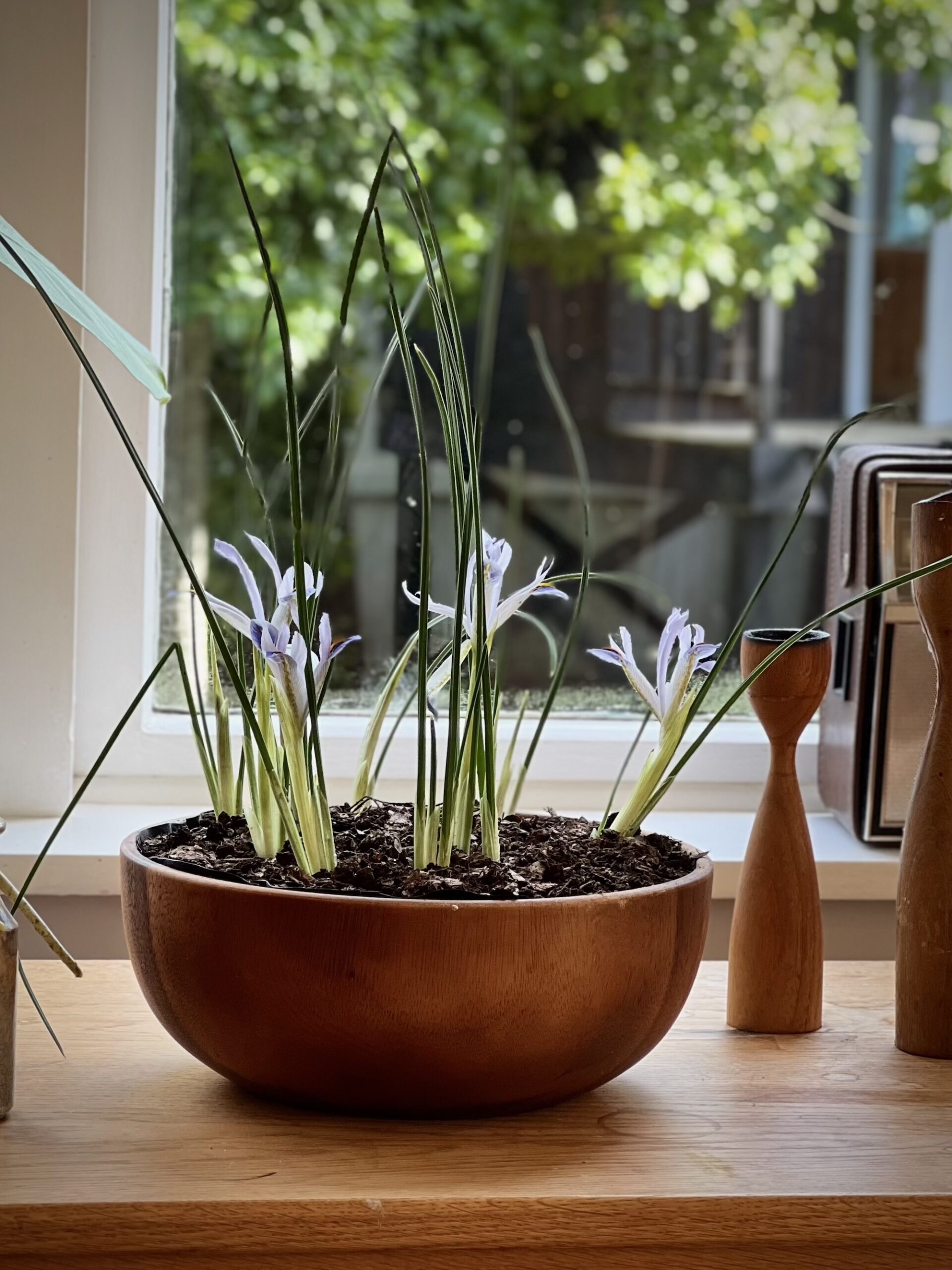
A planted bowl of dainty, blue iris reticulata
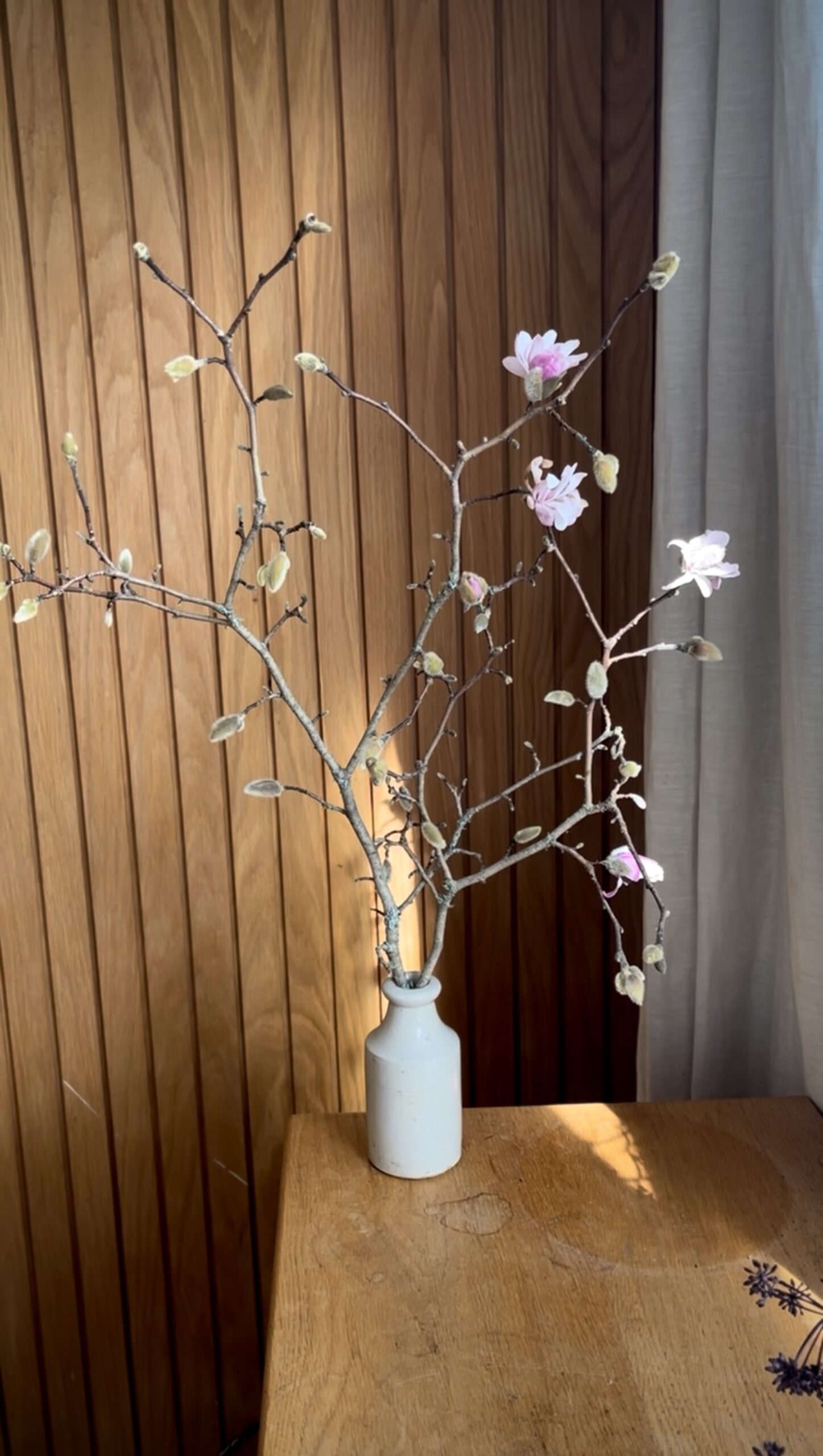
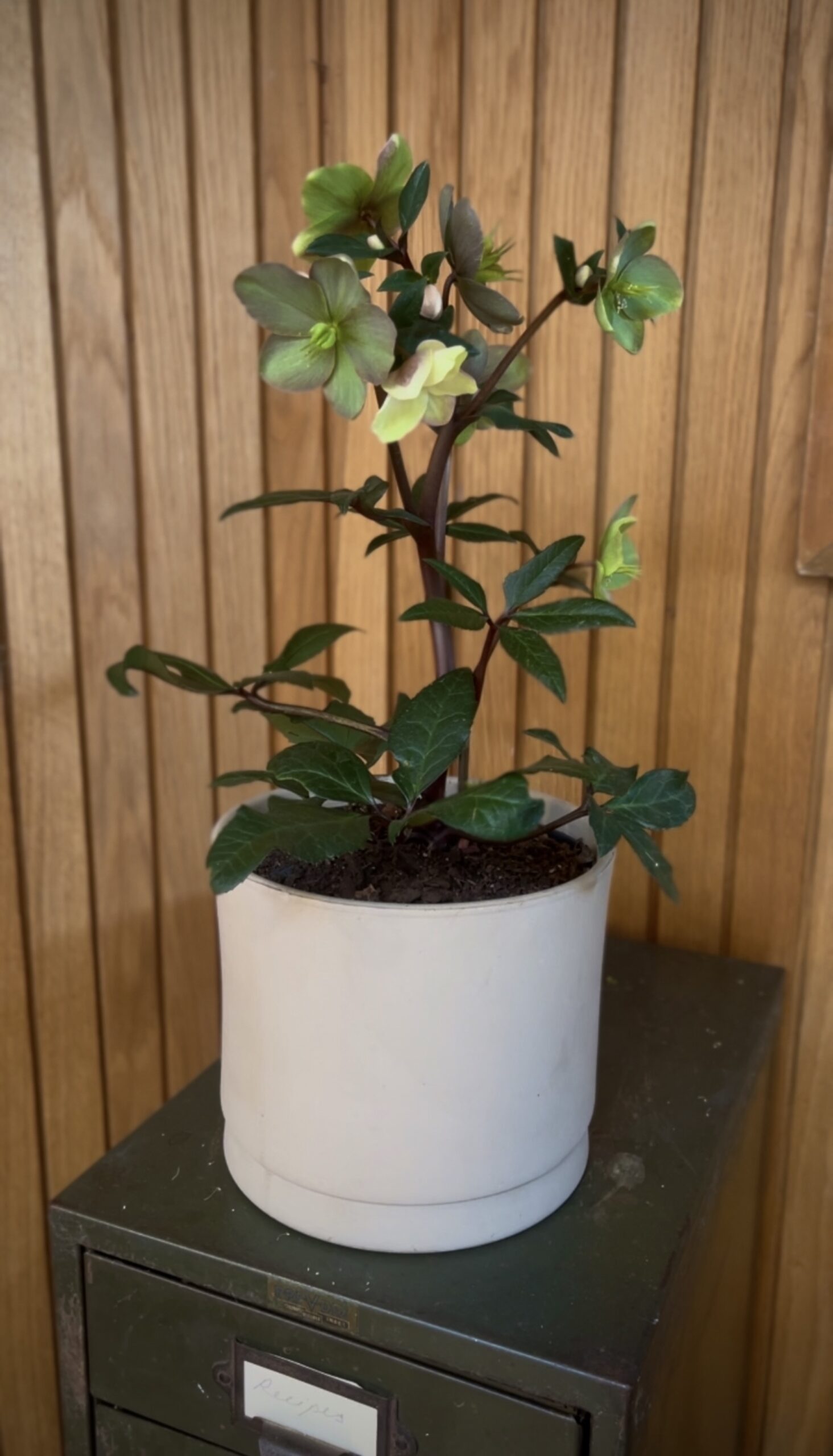
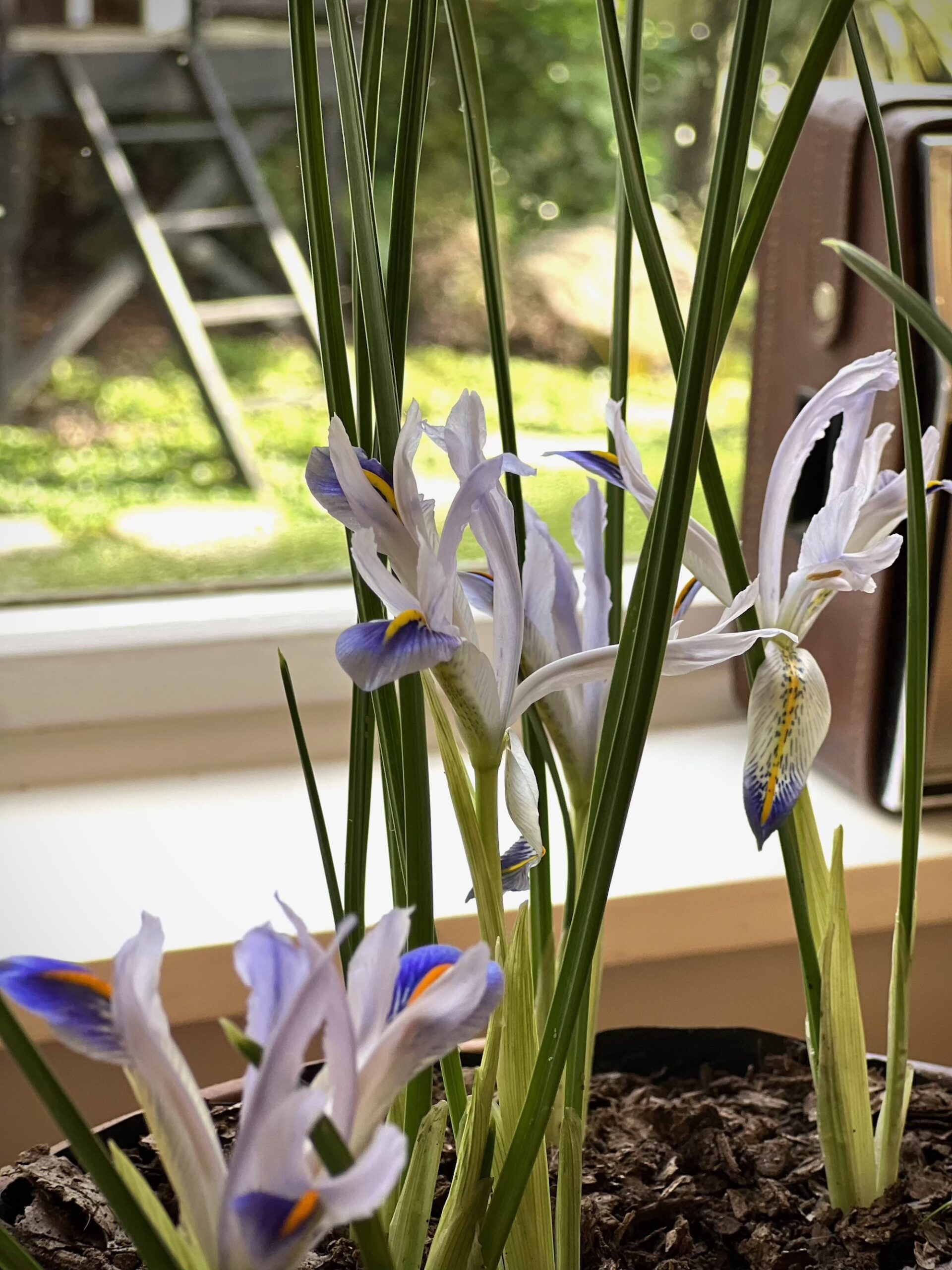
Instructions for living a life:
Pay attention.
Be astonished.
Tell about it.
— Mary Oliver
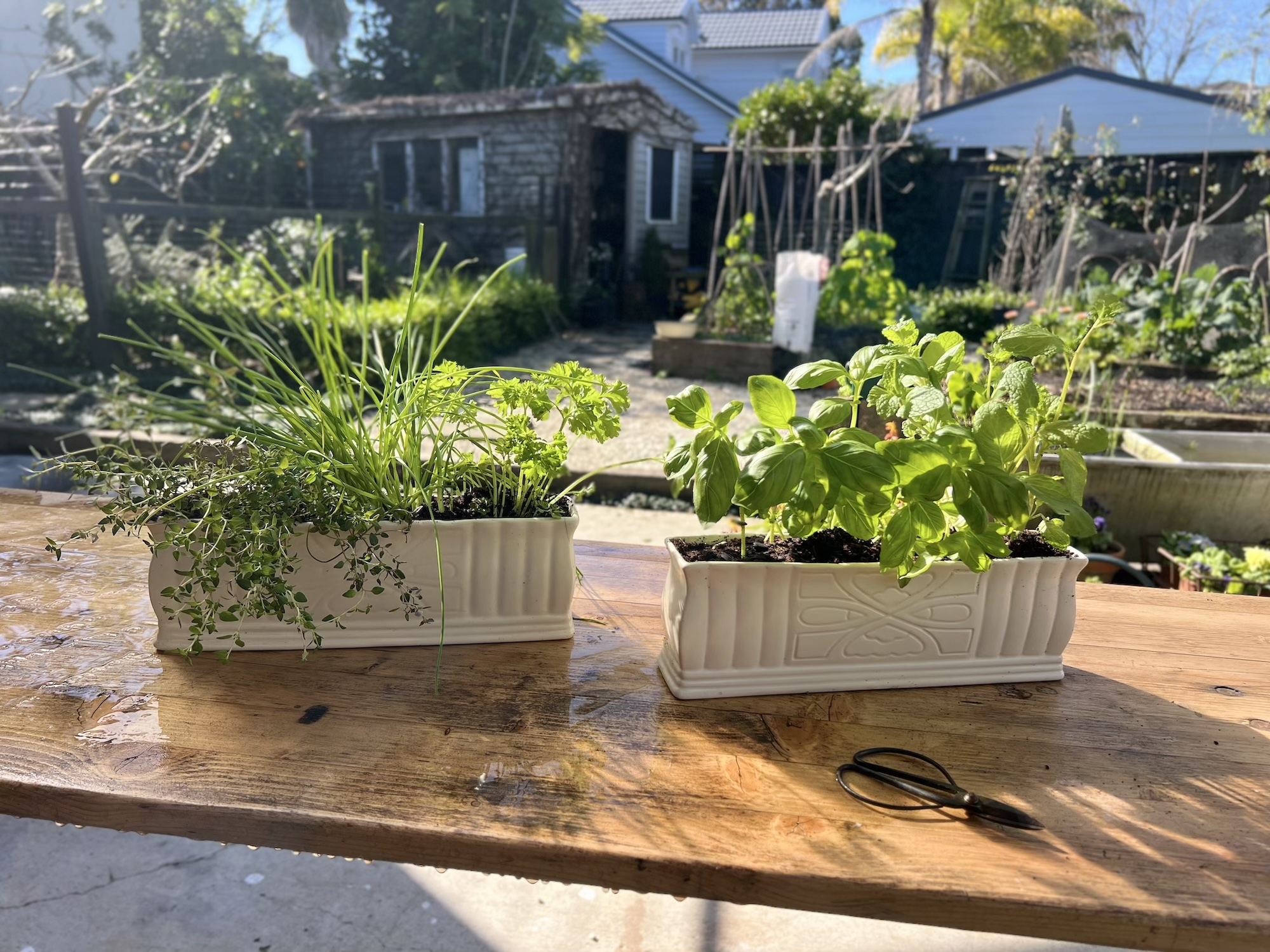
For this gardener, as well as embracing the brisk morning wander to look for signs of life in the tulip bed, ‘wintering’ involves bringing the outside in, so we can pay attention and enjoy it up close.
There are the bowls of dainty, blue iris reticulata – a true winter bulb, with swelling spears making their appearance from mid July. The single potted hellebore on the kitchen cabinet, whose antique hues change from cream through dusky pink and then green over six weeks or more. And the kitchen windowsill herb planters that bring the garden’s constant vitality front and centre above the kitchen sink.
Other winter delights to bring close and be astonished by:
- Pick strawberry flowers (winter flowers steal your plant’s energy when they should be focussing on root development. Lucky us!)
- A branch of magnolia
- A vase of paper whites (always the first narcissus for me) and the first of each successive spring bloom
- Other petit bulbs in a bowl – Daffodil ‘White petticoat’ and crocus are good options (make a note in your calendar to bowl-plant petit bulbs next autumn!)
So get out in the cold, pay attention, be astonished, and bring some of it back inside to enjoy up close. We need both to winter well.
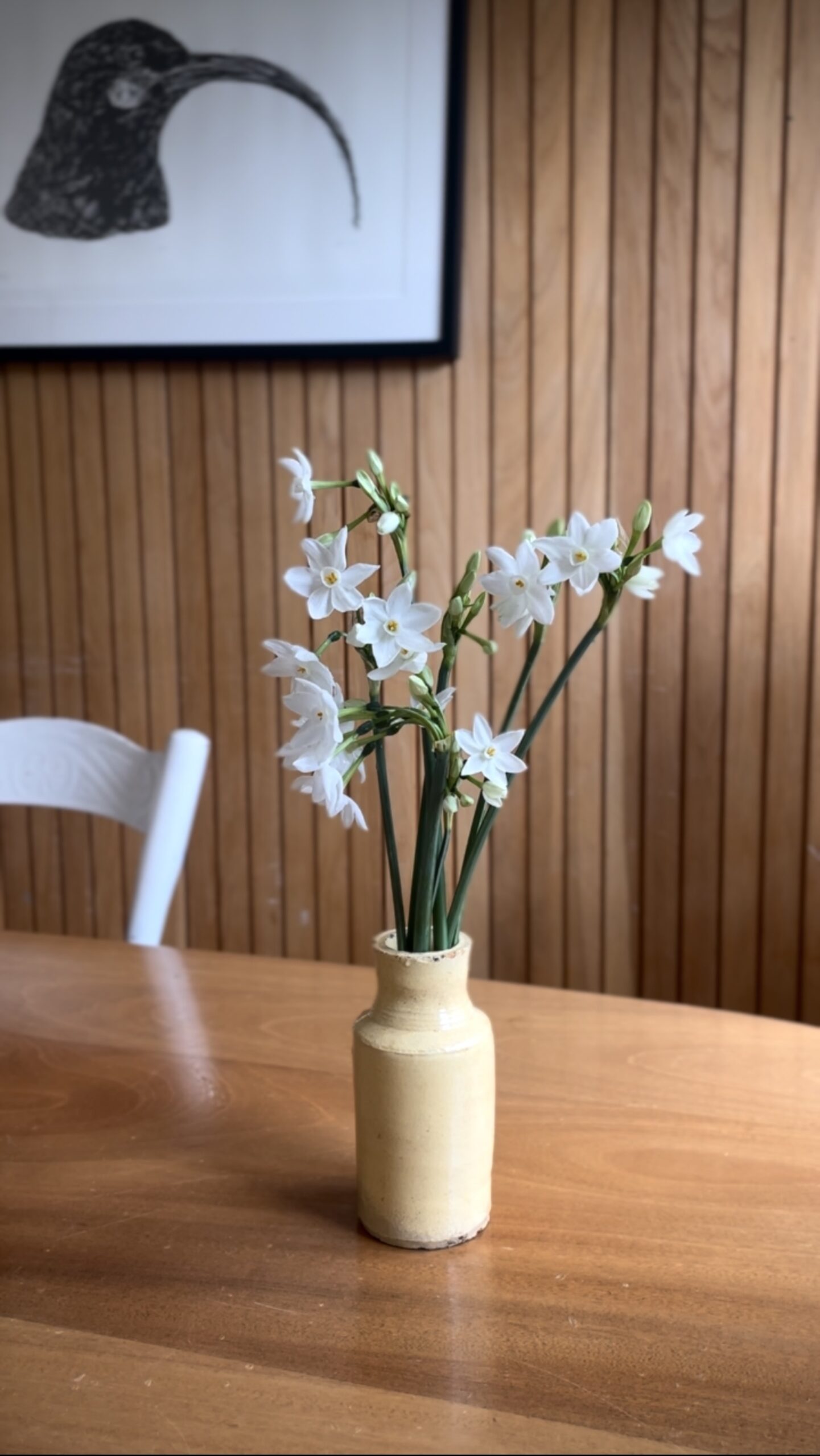
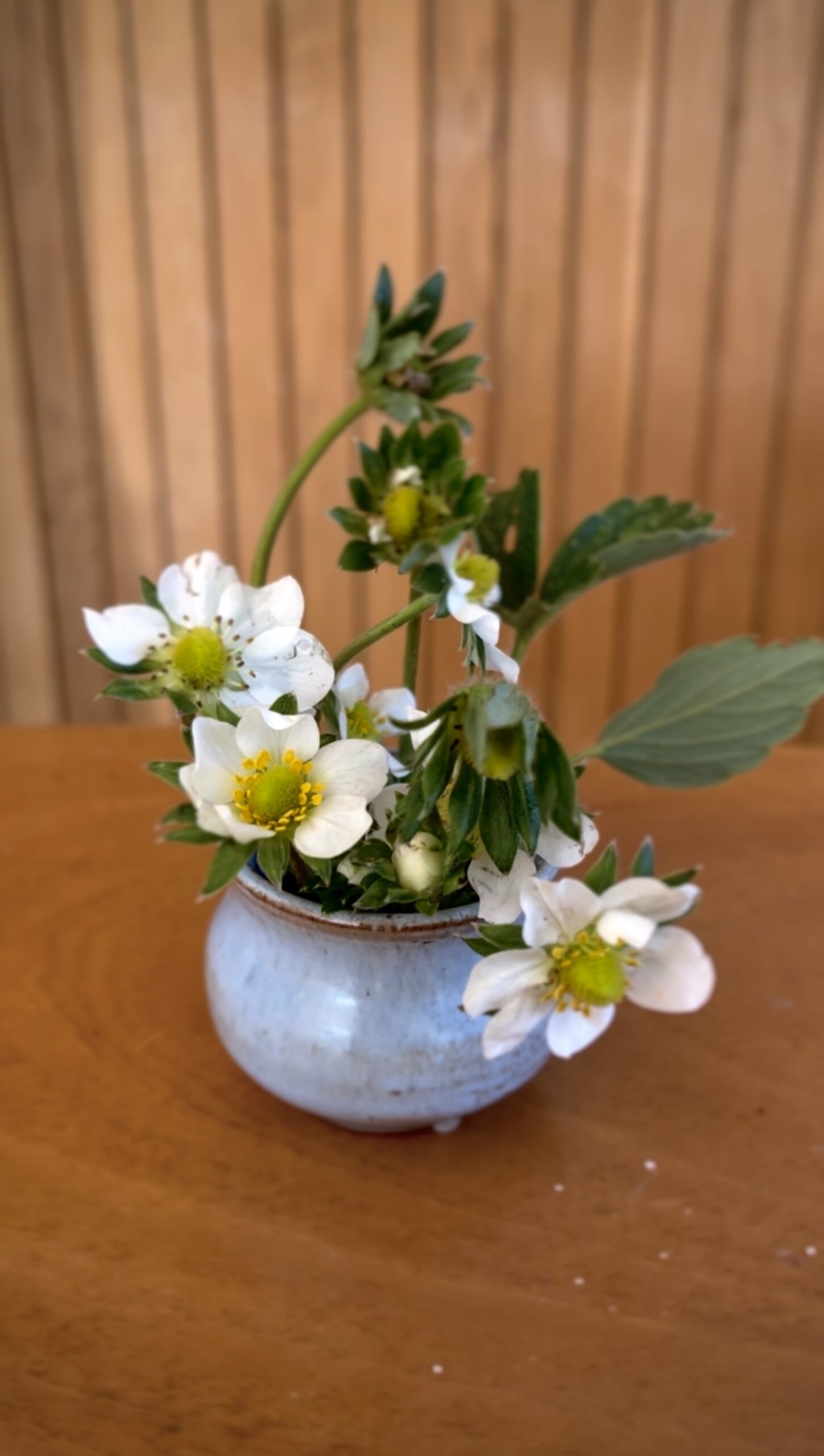
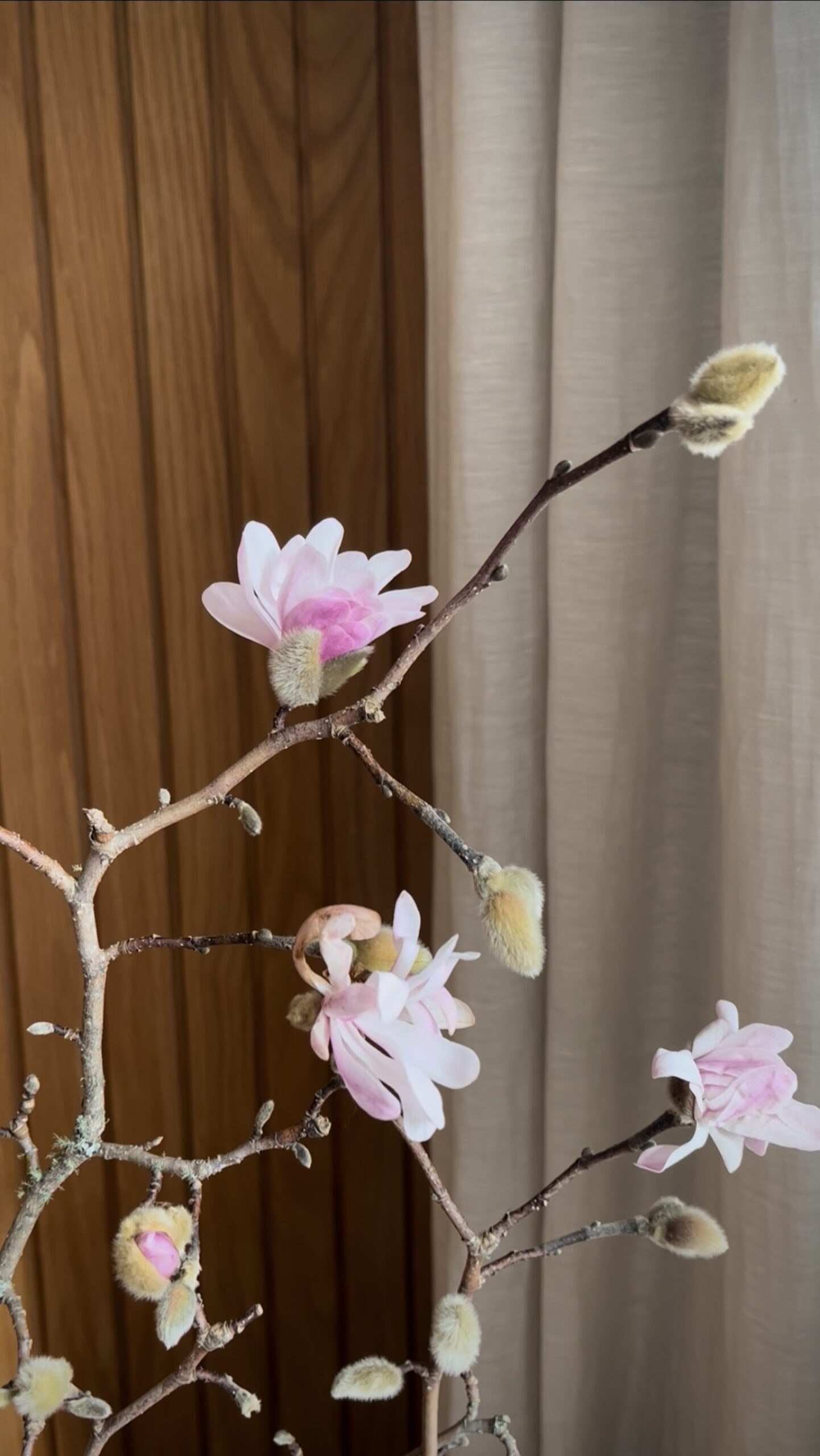
How to grow windowsill herbs in winter
Location
The windowsill is the key to success here, as with all plants: light is life. I find my south facing windowsill works just fine with a 180° spin each couple of days to keep them growing straight.
What you need:
- Sill-sized pot without a drainage hole (trough vases fit a sill nicely)
- Small stones to line the base
- Potting mix
- Coconut coir
- Small potted supermarket herbs
- Liquid fertiliser
How to do it:
1. Submerge herbs in a bowl of water with liquid fertiliser added until bubbles stop ensuring they’re well hydrated
2. Cover the base of your pot with small stones – this provides a degree of drainage for plant roots
3. Mix equal parts potting mix and coconut coir, and add roughly 2cm to the base of the pot
4. Remove herbs from their pots and if necessary, gently manipulate the root ball to fit inside the pot.
Note. Parsley often comes packed with 8+ plants, these will quickly crowd each other out so gently divide the ‘plant’ in half and pot the others separately to give away or out in the garden.
5. Backfill around the plants with the soil/coconut mix, ensuring all roots are below the soil and water sparingly to moisten the additional soil.
Maintenance
- Being winter, watering requirements will be minimal, a weekly touch test to check the moisture in the soil will let you know if you need to add water or leave it be.
- In such close quarters competition for nutrition will require a fortnightly feed with liquid fertiliser – a dash in ½-1C of water will be sufficient.
- Basil is best harvested by snipping out the growing tips to encourage bushier growth, more leaves and a longer harvest period.
- Initially mint is best harvested by snipping the growing tips, then once established, by cutting the whole stem back to the soil promoting new growth from root nodes.
- Parsley is best harvested by snipping the outer leaves right back to the main stem allowing the new leaves at the centre of each plant to grow on.
- Chives can be snipped at the soil to promote new shoots.
A note on coriander: being such a tender plant and not suited to transplanting, it is best grown from seed and can be grown as a microgreen on the sill alongside your other herbs.
